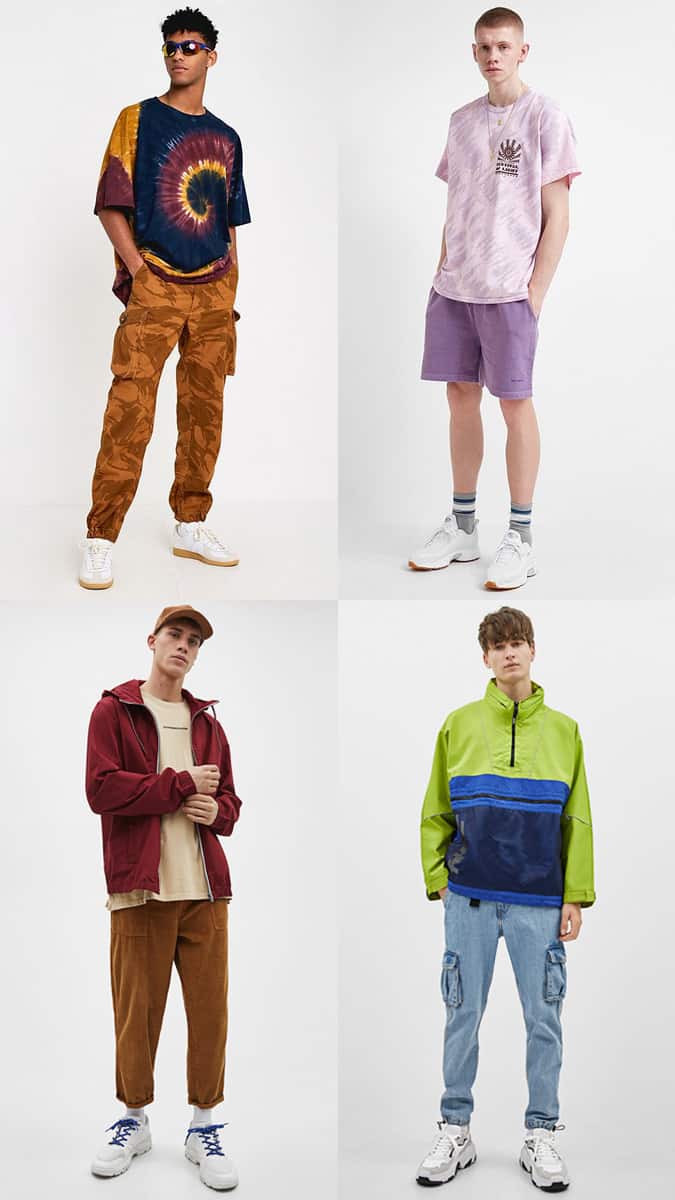No-one told you style was gonna be this way. Ten years ago, when Don Draper was on TV, the idea that chunky trainers, patterned tracksuits, dad jeans and sweater vests would become prominent menswear trends was near-unthinkable.
The ’90s was the decade that fashion forgot, but just as the ’70s and ’80s were once dismissed and then reimagined, designers are revisiting the last decade of the 20th century. And they’re finding plenty to inspire them in ’90s outfits of all kinds, from Seinfeld to Britpop, colourful sportswear to boxy tailoring.
The nineties was a casual, loose-fitting decade, when sportswear went mainstream, tie-dye made its unlikely first comeback and regular-fit jeans were a legitimate option on date night. Kurt Cobain was one of the ’90s enduring style icons, dressed in ripped jeans and thrift-store cardigans. Mad Men it wasn’t.
That low-effort approach has been the perfect antidote to the buttoned-up sartorialism that came before it, and we can’t see designers letting go just yet. Here are the key ’90s outfits you can wear with pride (and style) today.
Sportswear
Retro sportswear is having quite the time of it at the moment and the ‘90s is the trend’s main well of inspiration.
Retro football shirts with their obtrusive sponsorship for a bygone washing machine company across the front and wild slapdash patterns, sit underneath billowing track tops and tracksuit joggers, slick side stripes in tow, to form the backbone of this line-up. Look to the brands that reigned supreme during the decade like Kappa, Reebok, Champion and Fila for a guide.
To bring the look up-to-date it pays to just take one of these pieces and make it the statement of your look, grounding the rest of your outfit in evergreen neutrals like a white tee and fallback denim. It’s also best to keep this look reserved for party-party weekends as your boss is unlikely to be impressed with the Arsenal third kit from the 1991-1992 season you’ve curiously decided to show up to the big client meeting in.
– Richard Jones, staff writer

Britpop
After losing pace to our friends across the pond, the nineties was the decade that the British took on the stateside music industry to create an unmistakably home-grown sound. While the music itself was stupidly varied, the clothing that defined the movement was a much more coherent affair: think bucket hats, utility shirts, parka jackets and polo shirts.
The Britpop look is pretty much a pure distillation of sartorial practicality for anywhere as rain-sodden as Britain, so wearing the look now is not just a matter of nodding fondly to the past but pulling together a wardrobe that your mother would be proud of.
The easiest place to start riffing on the look is with your outerwear, which should be khaki, mustard or navy: think chilled out, think earthy. Windbreakers and parkas are both standard issue Britpop classics and are very much recommended.
What you wear on your bottom half should be similarly unfussy and should again err on the side of utility: so choose straight leg raw denim and a pair of simple low-top trainers from a sports performance brand (Nike, Adidas etc). If you want to be recognisably Britpop from a great distance, stick on a bucket hat and enjoy the perma-1994 haze that Liam Gallagher has been living in for 25 years.
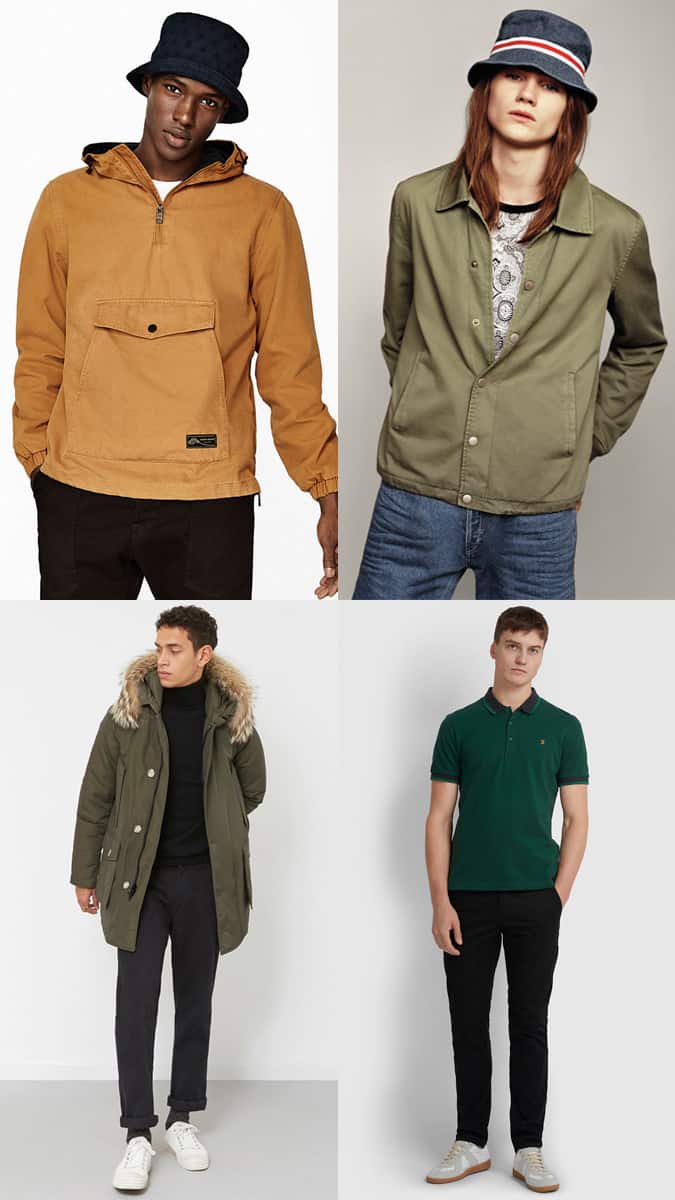
– Luke Sampson, associate editor
Dad Style
“Dorks. They look like a couple of dorks.” So said Quentin Tarantino in 1995’s Pulp Fiction, laughing at the way two other characters were dressed. The nineties was a good decade for dorks. It was all about goofy, defiantly unfashionable menswear like chunky trainers, shapeless trousers, cargo shorts and loose blazers worn with mid-wash denim.
These days, it’s described as dad style, made cool (for the first time, really) by brands like Balenciaga and Vetements, which retconned Jerry Seinfeld and Chandler Bing as style icons. It’s hard to tell if there’s any irony left in this anti-fashion trend so if you like it, just go for it. Regular-fit denim, normcore trainers and boxy rugby shirts are all fair game, as are the cringe-heavy patterned shirts your father wore on holiday.
– Ian Taylor, editor-in-chief
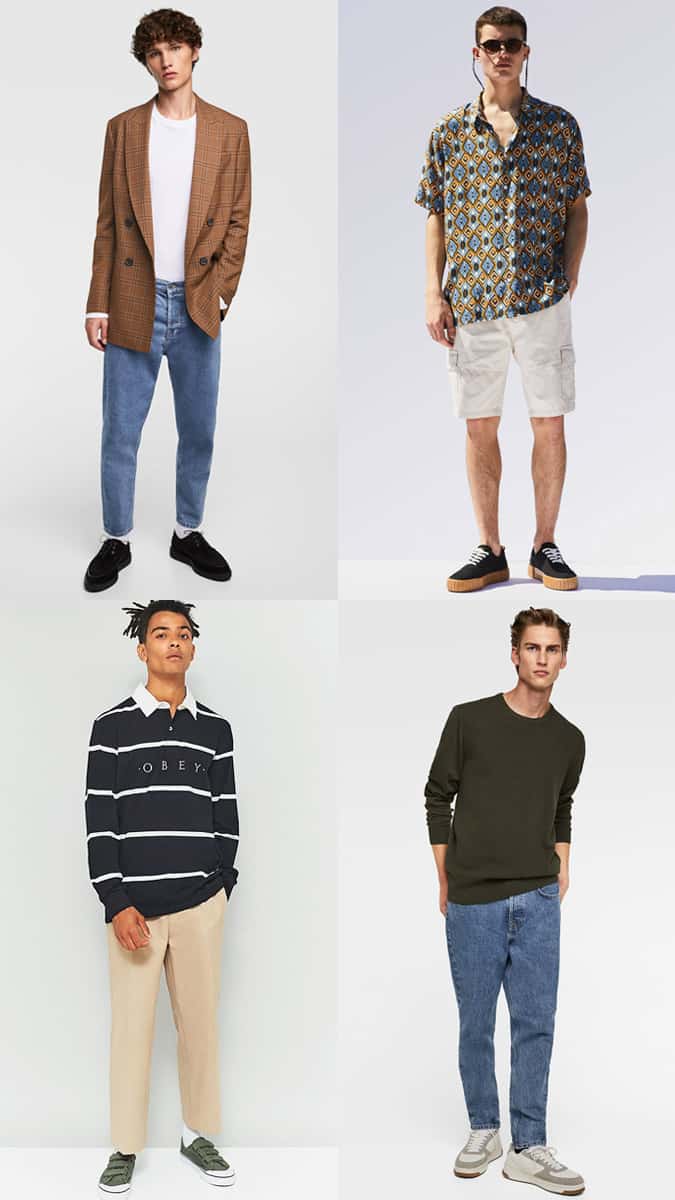
Baggy Tailoring
Want one good reason why you should opt for baggy tailoring over the more common, slimmer-fit styles? Comfort. Oversized tailoring has been big news over the last couple of seasons, and it’s set to go absolutely nowhere. You can blame the wider relaxing of dress codes and breakdown of style rules for that.
If you want to go down the baggy ‘90s-style tailoring route, make sure you buy a suit that’s designed to be oversized. You can’t just go for a size larger than you’d normally wear here. It just won’t look right and the arms will be far too long.
Baggy tailoring is not necessarily for the office – it was fine for the 9-5 in 1995 but now it’s a very conscious style choice. It depends how far you go with it, but it’s generally for fashionable folk who choose to wear tailoring not because a dress code tells them to, and often looks best dressed down with a T-shirt and trainers for a more streetwear-inspired feel.
– Charlie Thomas, senior editor
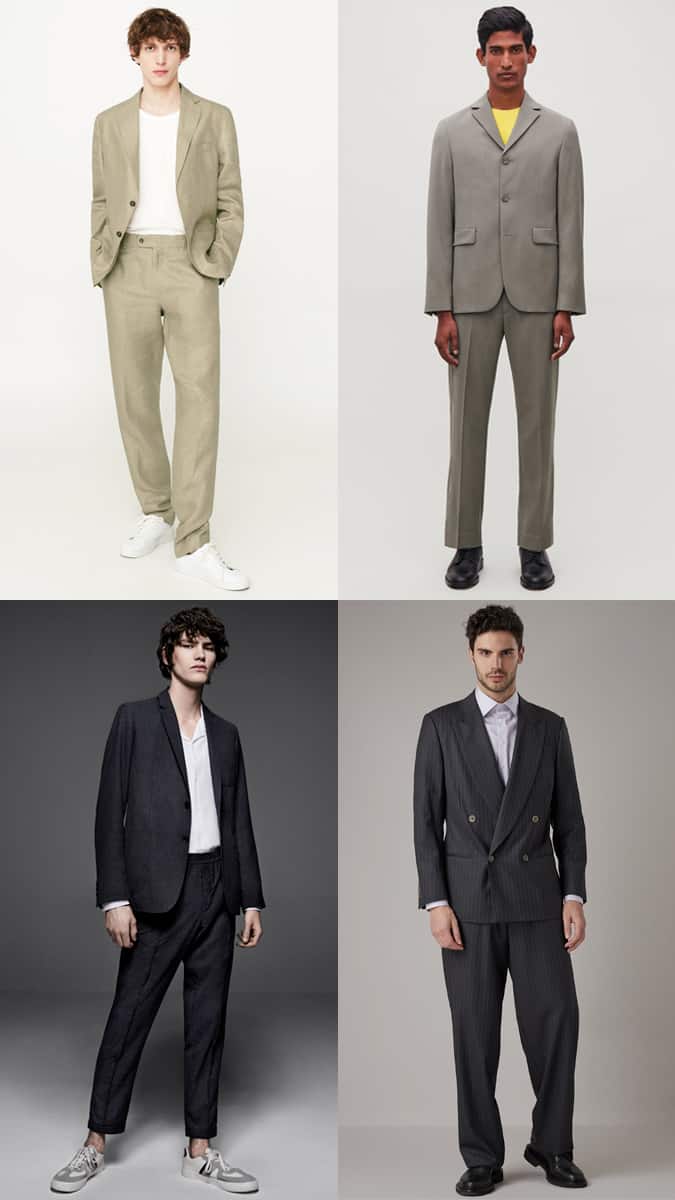
Double Denim
Although double denim wasn’t slapped together for the first time in the nineties (it enjoyed a very good run in the ’80s, too) it was definitely the decade in which the look finally came into its own. Gone were the studs, rips and graffiti embellishment and in their place emerged something a little less glam rock and a little more rugged.
The essential principles of wearing ’90s double denim remain the same today: you’ll need a hefty dollop of confidence and an aversion to anything overly fussy to successfully pull it off. Take your cue on fit from the decade too, anything slim or skinny is a no no, so aim for a loose(ish) fit to successfully tap into that laid-back Americana.
Although the double denim tuck has been successfully modelled by David Gandy (who else?) shape and height can throw a spanner into the works for anyone falling elsewhere on the body shape spectrum.
To play it safe leave your shirt untucked, wear a white or grey T-shirt beneath and stick on some simple minimal black or white trainers with your jeans. If you’re not confident going full-on matchy match double denim either, choose varying shades of blue to soften the overall effect.
– Luke Sampson, associate editor
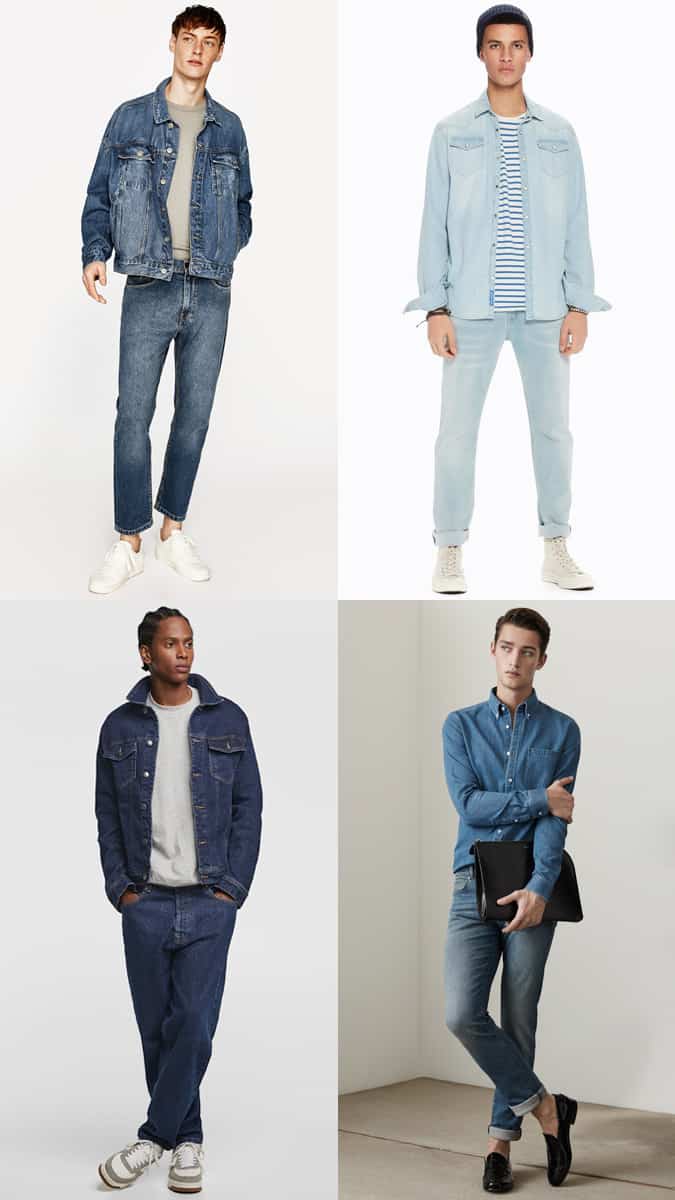
Grunge
Emulating a grunge look is akin to ticking off a checklist. Flannel shirt? Check. Faded, ripped jeans? Check. Long, unkept hair, Dr Martens, and a general devil may care attitude? Check, check, check.
It’s a way of dressing that can largely be attributed to Kurt Cobain, who spearheaded the grunge movement in the late ‘80s and early ‘90s with Nirvana. Grunge fashion vehemently went against the polished, glitzy excess of wider 1980s fashion, and instead relied on the wearer looking like they really didn’t give a shit.
There was no such thing as gendered dressing in grunge either, which meant baggy vintage cardigans, ill-fitting jeans and buttoned up tea dresses (as worn by Cobain on the front cover of The Face in ’93). It’s easy to go grunge today though. Flannel shirts are now ubiquitous on the high street and can be bought a a sizer or two larger than yours for extra comfort points. Wear your open over a white tee and relaxed fit jeans for a classic weekend look.
– Charlie Thomas, senior editor
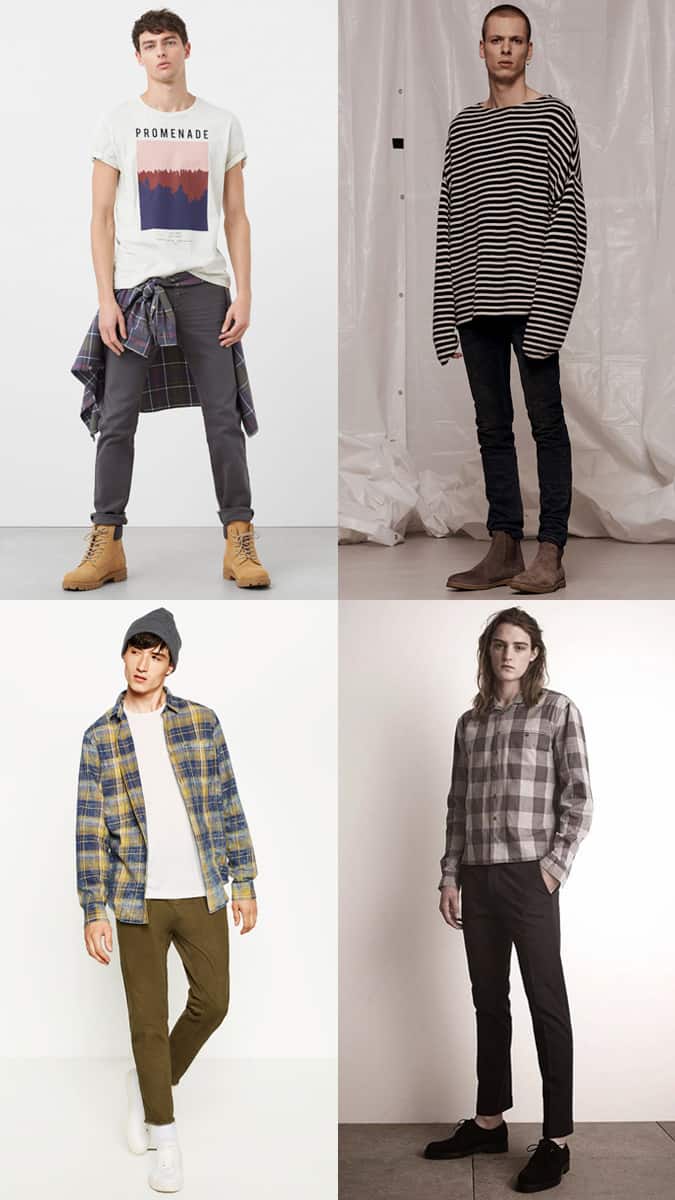
Ravewear
Three decades after the summer of love, rave culture came to sweep away the cobwebs for the ’90s youth bringing with it a culture of hedonism, freedom, and neon. So. Much. Neon.
Lucky then that the glowing shade has been brought back in all its technicolour glory 20 (and some) years later, cavorting down recent catwalks by Prada, Versace and Louis Vuitton. Its power lies in its use as a colour popping accent, either as a logo on a plain tee or highlighting a pair of classic sneaks sitting pretty underneath an all-black jeans and tee uniform.
Look to other returning relics of the scene – the modest bucket hat, reborn tie-dye and the ever-useful bum-bag – to round out the look. All are similarly on-trend but won’t overpower an outfit so you can wear them outside of the dingy nightclub.
– Richard Jones, staff writer
